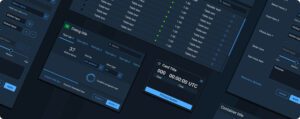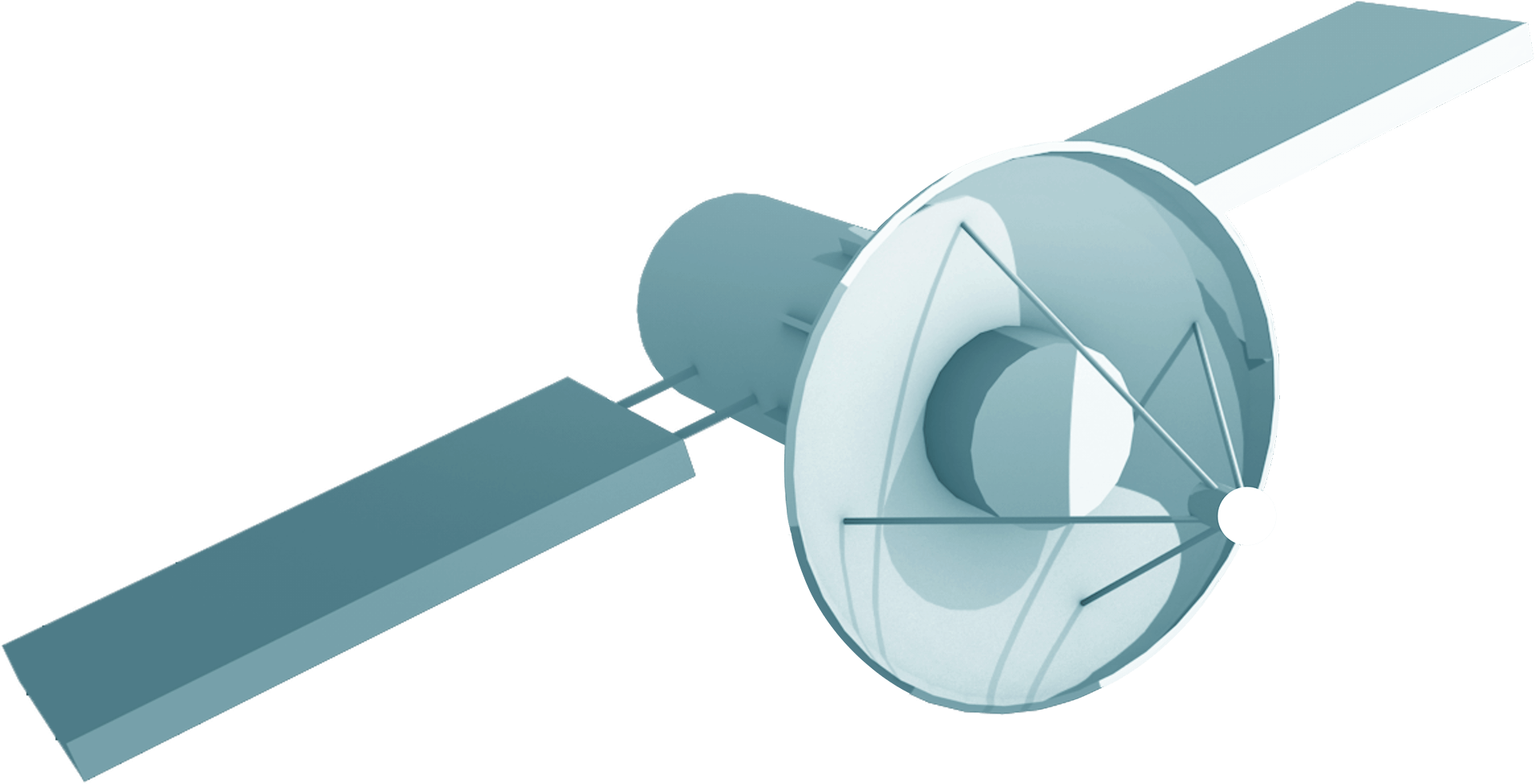But Wait, What is UX?
Successful UX Design isn’t just about making a better-looking application. It’s about understanding the actual users — what they need to accomplish, their workflows and operating environments, and any constraints they may face. Tools designed with great UX allow users to get the most from applications by enabling better functionality and productivity.
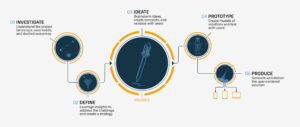
LaunchPad – Rocket’s application development process
Why Does UX Matter?
Well designed interfaces enhance tool functionality. Whether it’s presenting key information and removing irrelevant data, or delivering the right options, tools, confirmations and support, UX design creates more efficient, accurate and successful workflows for end users. It can even expedite product delivery and reduce costs when introduced early in the process.
At a minimum, Rocket considers three guidelines to be fundamental to great UX:
1. Capabilities need to be easily accessible and usable to realize the full potential and effectiveness of an application.
2. A well designed and consistent application is easier and faster to implement.
3. Including the user in the design process ensures the right and necessary things are prioritized, developed and usable.
Key Government System Benefits:
Faster Product Delivery
Including professional UX designers on your product development team allows developers to focus on what they do best: creating great code. UX designers conduct research to uncover real user needs, focusing on what is truly required. They then create designs that address those needs. Blended teams also increase the delivery time of products that meet end-user needs.
Reduce Costs
A 1987 IBM research study found that the cost of fixing an application’s UX defects increased dramatically the later in the development process those changes were deferred. UX changes made after the product has shipped could be over 100 times the cost of changes made in the initial stages of the project. This data still holds true in 2023.
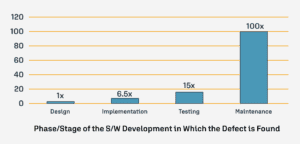 Source: IBM Systems Sciences Institute
Source: IBM Systems Sciences Institute
Reduce Operator Training Time
One of the most significant challenges facing our government’s operational readiness is the extensive time required to train our service men and women. Intuitive, efficient and consistent user interfaces allow users to quickly understand processes and workflows. Consistency across suites of applications and tools allows users to transfer their UX knowledge from one app to the next and focus on learning the new unique attributes, making learning the new application much faster. It also avoids operator confusion, as operators may need to understand several different types of alerts, color and navigation paradigms — especially challenging in a multi-monitor configuration with several tools running simultaneously. At best, this situation slows operator reactions. At worst, it can lead to catastrophic errors.
Accelerate Development
User-interface components, patterns, navigation standards, and iconography are key ingredients of a well-designed application. It’s often the case that software is built by smaller teams that don’t have access to designers, relying more on developers to make those decisions. By including UX Designers with thoughtful UX Design processes, software developers can focus on the real value – coding – rather than making decisions they are not trained for. A program lead at L3Harris Technologies noted their development time was reduced by 30 percent when working with UX designers.*
By including UX Designers with thoughtful UX Design processes, software developers can focus on the real value – coding – rather than making decisions they are not trained for.
Rocket supported the MilSatCom mission planning element for U.S. Space Force Advanced Extremely High Frequency (AEHF). We provided UX research, design and testing to ensure streamlined workflows and simplified interfaces for new capabilities developed as part of 2022 system improvements. We brought the system into compliance with Space Force requirements for UX and ensured consistency across the various services in the application suite. (Source: Tony Harris, Program Director, L3Harris)
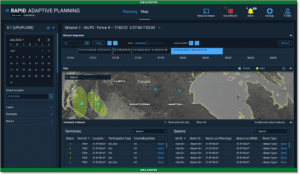
How to Start Applying UX Design
Implementing best practice user-centered design processes is how successful UX design is accomplished. Creating robust, mission-critical applications requires an experienced team of professionals to ensure they are done right, the first time.
Rocket Communications has over 30 years of industry experience, providing proven UX design tools, such as the Astro UX Design System, to deliver the most value to their customers. We have nearly a decade of deep domain knowledge in space application design, and can work at all levels of security classification.
Where the Astro UX Design System Comes In
The Astro Space UX Design System enables developers and designers to build rich space app experiences with established interaction patterns and best practices. It allows multiple teams to work independently and continue to develop mission unique capabilities, while ensuring consistent, intuitive and modern design.
Astro UXDS was created to solve a U.S. Space Force problem. They recognized the high training costs and timeframes that stemmed from “stovepipe” systems across each program; therefore, they invested in a single UX design system with Rocket Communications. The primary goal was to enable operators to move across programs with minimal re-training, while also improving operator efficiencies. In addition to dramatically lowering training requirements, contractors have seen accelerated development time, as they can skip design decisions and use pre-coded components and interfaces.
To learn more about user-centered design and get access to tools to help your team get started, visit AstroUXDS.com and Digital.gov. Ready to get started with Rocket? Contact us.
